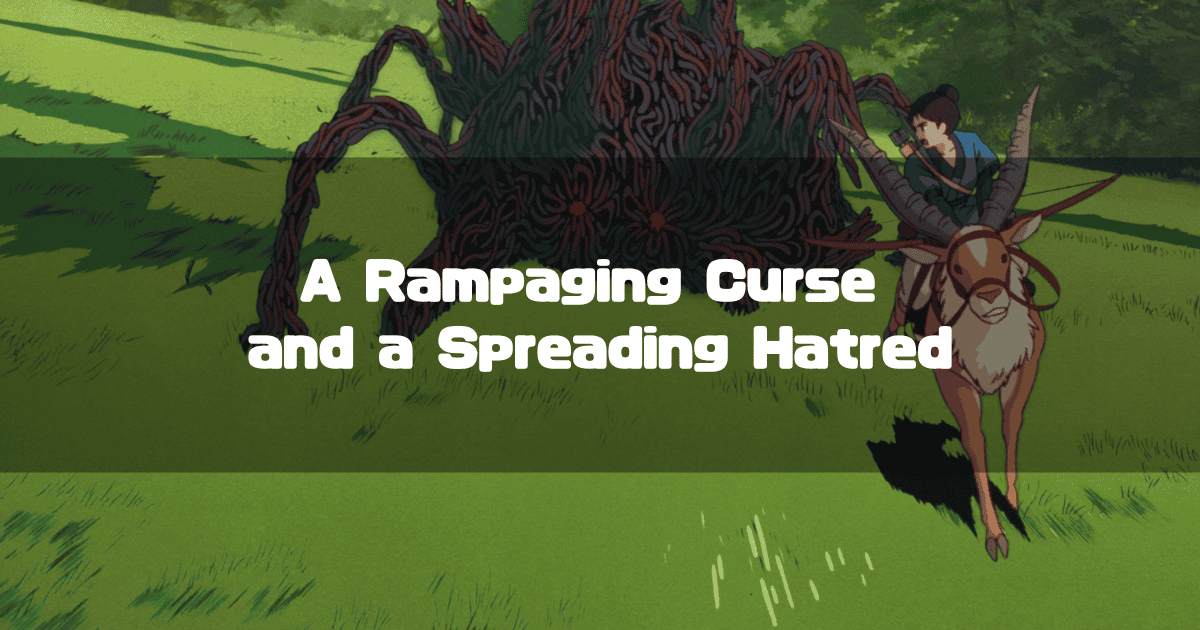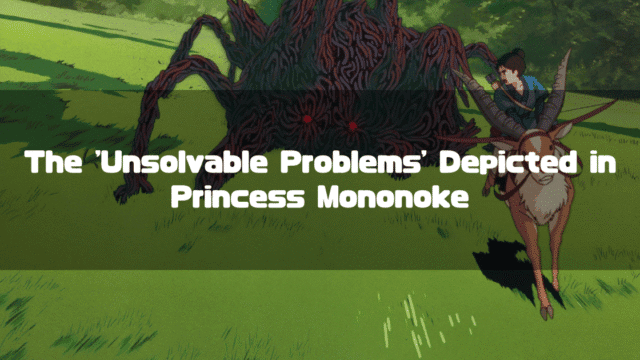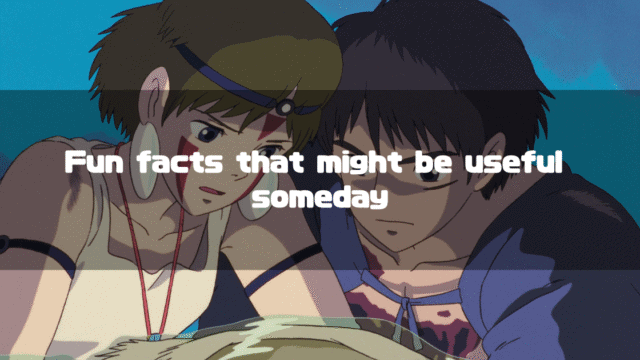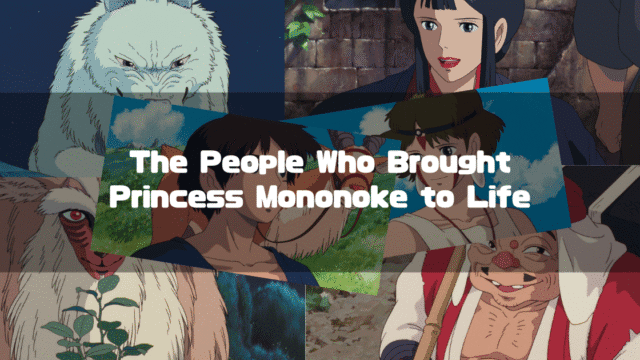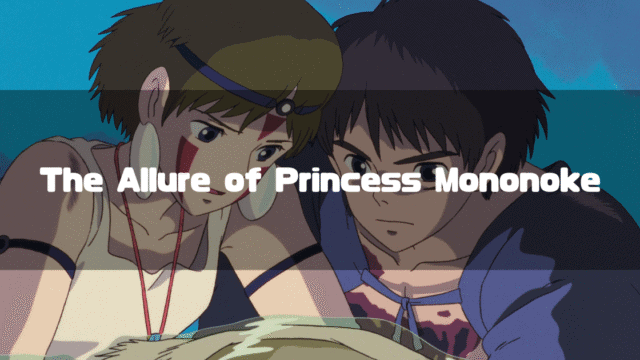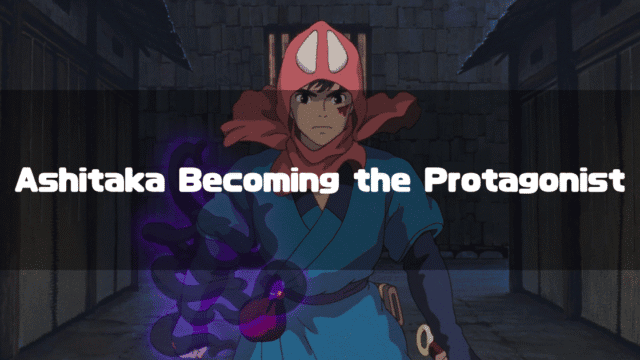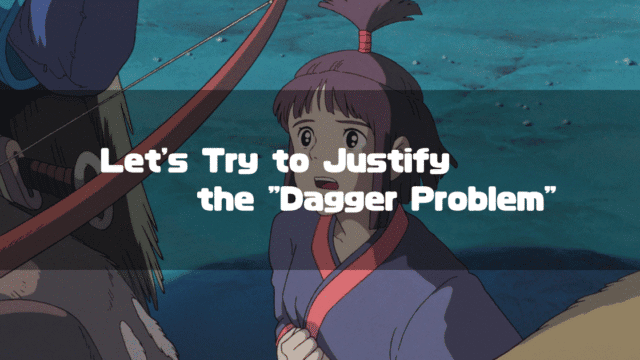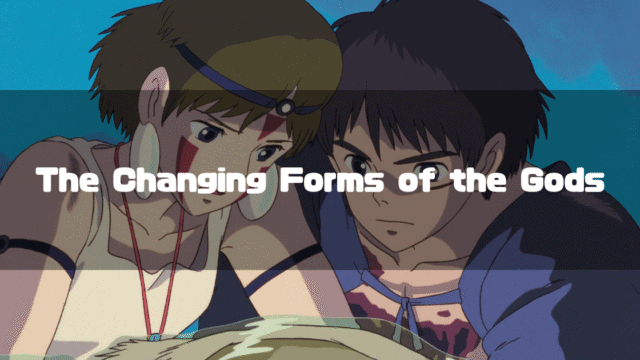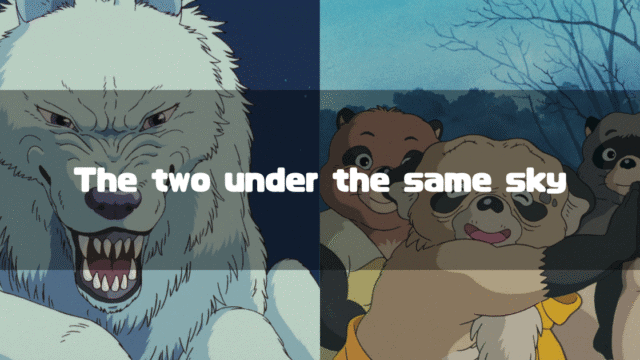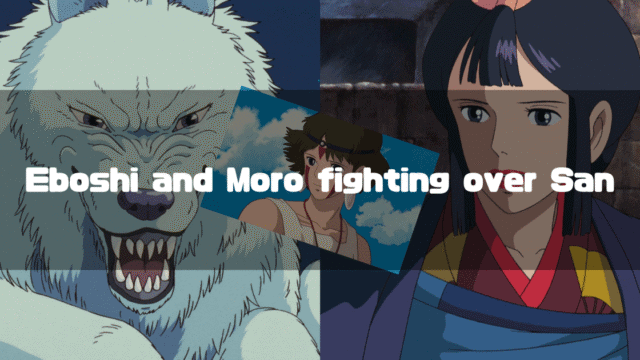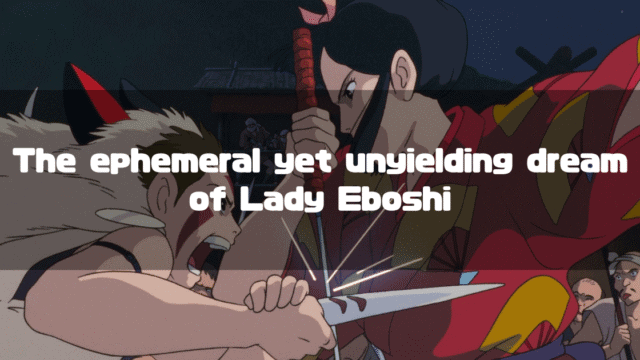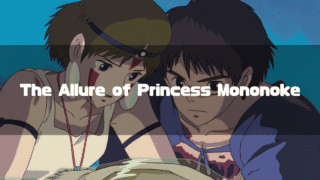Princess Mononoke(Studio Ghibli Official) is a feature-length animated film directed by Hayao Miyazaki, released in 1997.
This time, I want to think about The deamon(Tatari-gami), which appears at the beginning of the story and plagues Ashitaka and the others until the very end.
Specifically, I want to consider what The deamon is and why (and what is the meaning of) its appearance in Princess Mononoke.
First, let’s look back at the contradiction of The deamon that everyone who has seen Princess Mononoke has felt.
*This article is an English translation of the original Japanese article, 【もののけ姫】タタリ神とは何だったのか-災厄としての憎しみ-.
Let an AI walk you through the highlights of this post in a simple, conversational style.
- The deamon is a symbol of hatred and madness.
The way Nago and Okkoto lose their reason after becoming The deamon, forgetting their original purpose and acting insanely, expresses how “hatred” can drive one mad, turning them into an indiscriminate calamity. Their power, a mixture of fear and anger, makes destruction its sole purpose, becoming a “disaster” that engulfs everything around it. - The deamon was necessary to depict an absurd calamity and the will to resist it.
Just like Ashitaka’s curse and San’s origins in the story, sometimes an inexplicable, absurd “something” befalls us in life. The deamon symbolizes this “inescapable reality” and, at the same time, exists to portray “the will to live on, looking forward, without surrendering to hatred.”
The deamon in Princess Mononoke
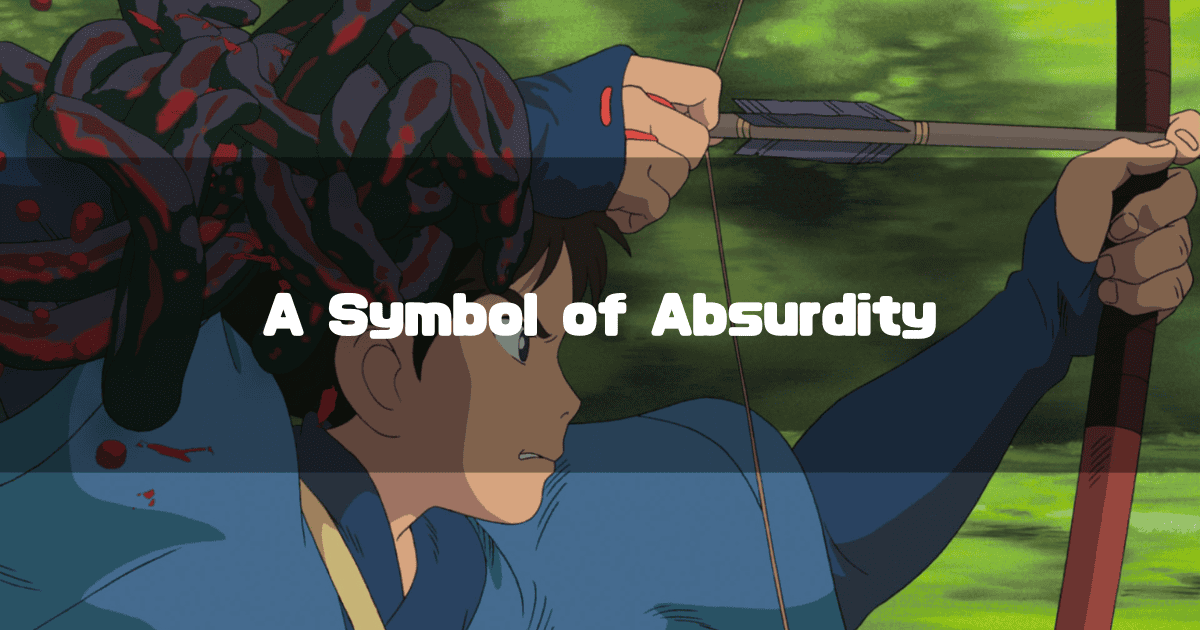
The Contradiction of the deamon
The deamon that appear in the main story of Princess Mononoke are Nago, who appears at the beginning, and Okkoto, who goes on a rampage at the end.
Both Nago and Okkoto should have returned to Irontown to wreak havoc after gaining the power of The deamon.
Despite this, Nago charged eastward and attacked Ashitaka’s village, and Okkoto ended up leading the humans to the Forest Spirit he was supposed to protect.
In other words, those who become The deamon seem to do irrational things.
Why is that?
Hatred is Madness
I think it’s fairly clear that The deamon symbolizes “hatred,” but the important thing is that “hatred” is explicitly expressed through The deamon.
In other words, isn’t it depicting that “for those consumed by ‘hatred,’ destruction itself becomes the goal, and they attack anyone and everyone indiscriminately”?
A person trapped by “hatred” forgets their original target and sees everyone as an enemy.
Moreover, “hatred” also contains an inherent “fear” of the original source of that feeling. That’s why Nago charged eastward, and why Okkoto ran to the Forest Spirit.
I believe The deamon was a brilliant depiction of these two aspects: “hatred” and the “fear” of its source.
This is my personal answer to the question “What is The deamon?”, but the most important question is why The deamon was necessary for Princess Mononoke.
Hatred is a Calamity
One of the key elements depicted in Princess Mononoke is the “something” that befalls a person for no reason.
In the book “The Place Where the Wind Returns(風の変える場所, in Japanese)”, in response to the interviewer (Yoichi Shibuya)’s question, “Ashitaka is cursed right at the beginning, isn’t he? There’s great significance in him being cursed at the very start,” Hayao Miyazaki says:
“That’s right. It’s meaningless if he isn’t cursed absurdly. Because things like a boy getting atopic dermatitis, a child getting childhood asthma, or someone getting AIDS—these things will only increase from now on. They are absurd things.”
(Original Text in Japanese)
「そうですね。不条理に呪われないと意味がないですよ。だって、アトピーになった少年とか、小児喘息になった子供とか、エイズになったとか、そういうことはこれからますます増えるでしょう。不条理なものですよ。」
The deamon that attacked Ashitaka’s village and the resulting curse are an absurd “something,” San being abandoned by her parents and raised by the wolf gods is a “something,” and Nago being shot by an iron bullet is also nothing but a “something.”
It can only be described as a “something” for which you can’t do anything even if you search for a reason.
And The deamon appears in the story as the embodiment of such an inescapable “something” (especially Nago). On the other hand, The deamon is also a symbol of “hatred.”
In other words, we can see the message that “hatred is a calamity.”
As mentioned earlier, “hatred” radiates outwards, and those trapped by it make destruction itself their goal. Anyone who happens to be nearby may become a target. This can only be described as a “calamity.”
No matter how much you search for a reason, you won’t find one. Because its root is “hatred.”
And yet, it was Ashitaka who earnestly kept appealing to cast off that “hatred” and take a new step forward.
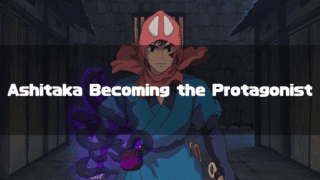
So, the reason The deamon appears in Princess Mononoke is:
In a situation where people are forced to fight against a “something” beyond their control, a symbol was needed to represent the hatred, curses, and anger within them. And, to emphasize the plea of the protagonist Ashitaka, “Do not give in to hatred,” the existence of The deamon was necessary.
I think that’s the conclusion.
I have never hated something to the point of madness, but I know that this is not a normal thing, but a very fortunate one. Because I have seen Princess Mononoke.
The images used in this article are from Studio Ghibli Still Images.
About the Author
Recent Posts
- 2025-10-21
Indiana Jones and the Dial of Destiny(2023): Full Synopsis & Analysis: Indy’s True Motive and the Enigma of Helena - 2025-10-15
Indiana Jones and the Dial of Destiny(2023):Historical Background-WWII, the Real Dr. Schmidt, the Siege of Syracuse, and the Antikythera Mechanism - 2025-10-08
Why Does Children Who Chase Lost Voices Feel So Ghibli-esque? [Makoto Shinkai’s “Tale of Farewell”] - 2025-10-07
5 Centimeters per Second: Characters, Voice Actors, Character Analysis and Character Map - 2025-10-06
5 Centimeters per Second: Full Synopsis, Analysis, Ending Explained & Character Map (Spoilers)

